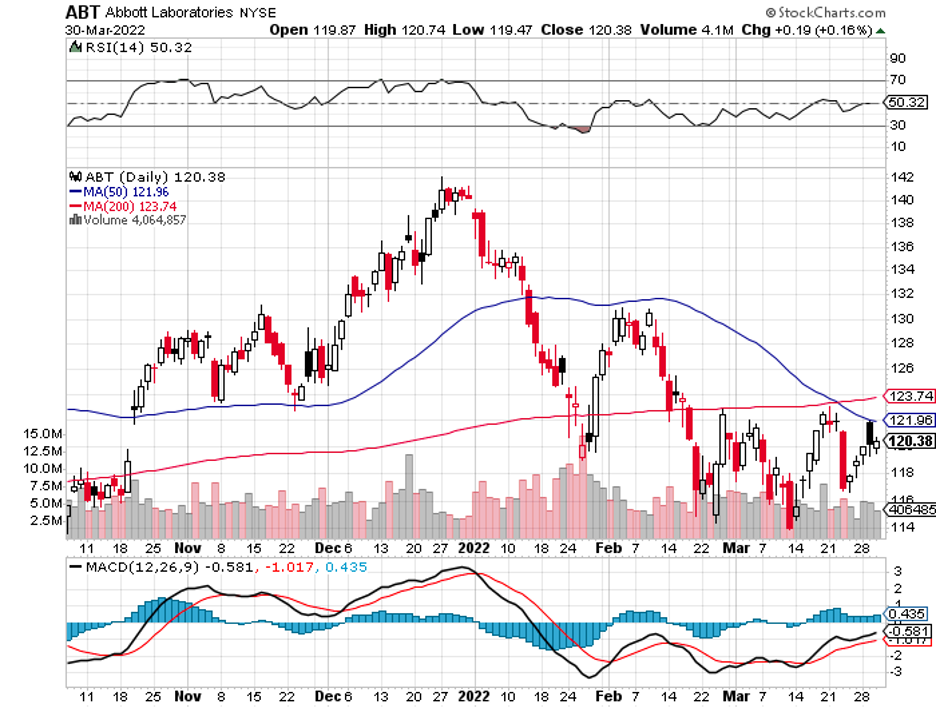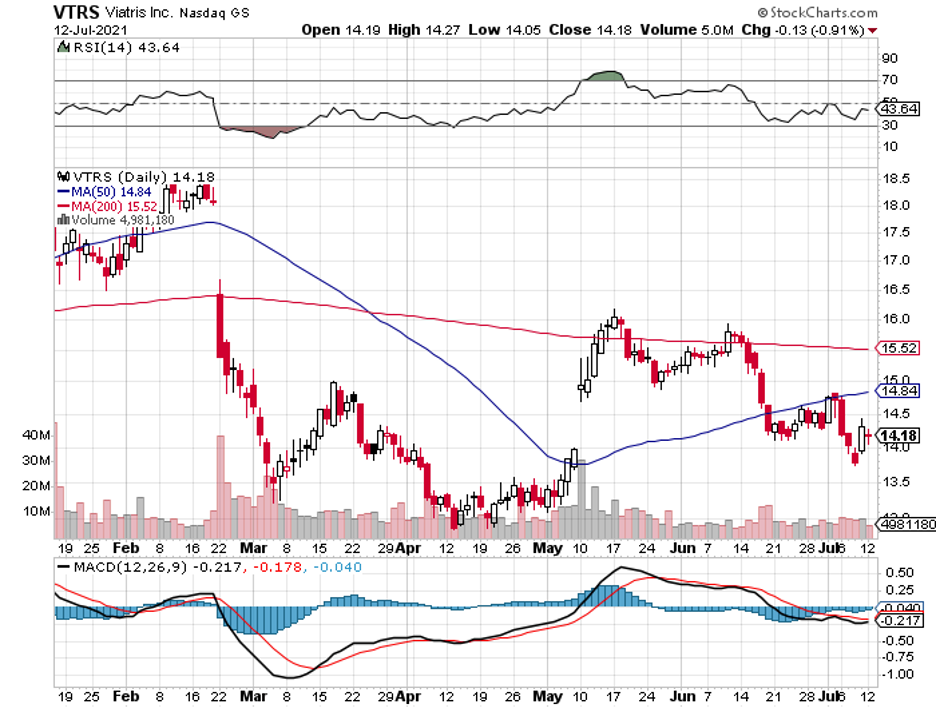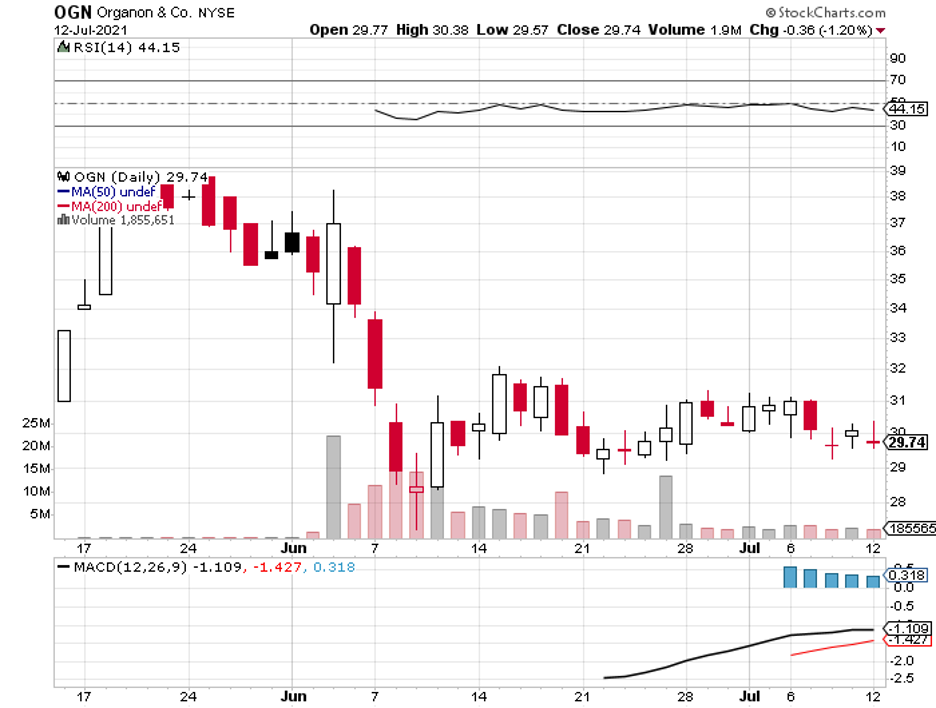In an economy continuously plagued with a rising interest rate, it’s not unheard of for risk-averse investors to steer clear of businesses with high debt loads.
After all, those kinds of companies could be the most affected as climbing interest rates inevitably lead to lower profits.
The silver lining is that there’s no need to sacrifice putting money in growth stocks altogether.
You can simply load up on ultra-conservative businesses to ensure that you don’t come off the losing end in the battle of an ever-increasing interest rate.
In the biotechnology and healthcare sector, there are a handful of promising fast-growing businesses that are not saddled with tons of debt. One of them is Vertex Pharmaceuticals (VRTX).
A continuously growing business, Vertex recorded $7.5 billion in sales in 2021, showing off a 22% increase from 2020.
Its cystic fibrosis (CF) program is a major player in its growth, particularly Trikafta/Kaftrio. On its own, this blockbuster treatment contributed $5.7 billion to Vertex’s top line in 2021.
As it expands and goes after more growth opportunities, Vertex consistently ensures that it is backed by a solid balance sheet. In total, its short- and long-term liabilities amount to roughly $3.3 billion.
With a cash balance of $6.8 billion, the company has more than enough to clear that off.
In the past 12 months, Vertex has generated roughly $2.6 billion in cash from its daily operating activities.
This biotechnology company has been in such excellent shape that it managed to buy back shares with $1.4 billion last year. That’s practically three times the $539 million it allocated to repurchasing efforts in 2020.
Meanwhile, investors who feel they missed the boat on Moderna (MRNA) now have a second shot at investing in another high-growth biotechnology company.
Plus, it still has a Moderna connection and already has a strong track record of dominating a lucrative market.
Vertex and Moderna, which saw their stock price catapult to a record-breaking 800% in the past two years, are working on an mRNA-based therapy for CF patients.
Now, you might be wondering why Vertex is pursuing this program, considering its dominance in the CF market.
In fact, the closest rival would be AbbVie (ABBV). However, Phase 2 trial results for this candidate are due in two to three years. That means Vertex will likely remain the top name in the CF space for a while. Nevertheless, Vertex appears determined to keep its lead.
So, why bother with a new program instead of bolstering the existing Trikafta pipeline?
Well, right now, Vertex has virtually covered 90% of the CF market—and this is where Moderna comes in.
What the two are trying to do is to completely cover the market and target the remaining 10% not qualified to take the existing Vertex CF treatment.
As of the last update, the remaining demographic is at 25,000 patients. This would translate to another $4 billion in commercial sales.
If they succeed, the two would have created the biggest competitor to Trikafta. That means Vertex’s most formidable rival would be Vertex as well.
Needless to say, Vertex’s continuous dominance in the CF space guarantees blockbuster levels of profits in the years to come.
Vertex has been busy expanding into additional therapeutics segments despite its resounding success in the CF space.
Another potential blockbuster is CTX001, a one-time gene-editing treatment targeting blood disorders beta-thalassemia and sickle disease, developed in collaboration with CRISPR Therapeutics (CRSP). This is by far the most exciting venture of the company, with the partners expected to file for regulatory approval by the end of 2022.
Aside from these, Vertex’s pipeline is filled with promising candidates. One is VX-147, which is a groundbreaking therapy for severe genetic kidney diseases. There’s also autoimmune treatment VX-880.
VX-548 is another exciting candidate. While this drug is aimed to be an acute pain treatment, a key characteristic is the absence of drug addictiveness.
This is a breakthrough effort because it might just be the answer to the ongoing opioid crisis.
Given the unique mechanism of VX-548, this alternative aims to deliver treatment with low addictive effects.
There are roughly 75,000 deaths reported annually caused by overdose on opioid drugs in the United States alone. This could translate to $4 billion in the addressable market.
Although these candidates are not as advanced as Vertex’s CF program, they demonstrate that the company can go beyond its well-established niche and bolsters investor confidence.
With the rising inflation and economic turbulence, it’s advisable to prioritize companies with steady cash flow and promising growth prospects
Despite the rough couple of years for the broader market, Vertex easily meets these expectations and appears to be one of the positive stories in the healthcare and biotechnology sector.






